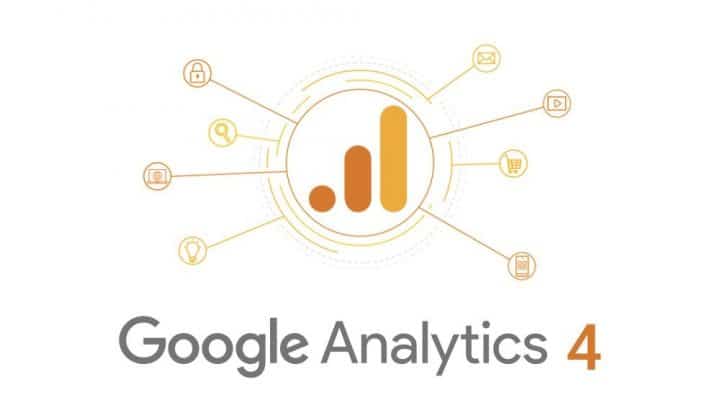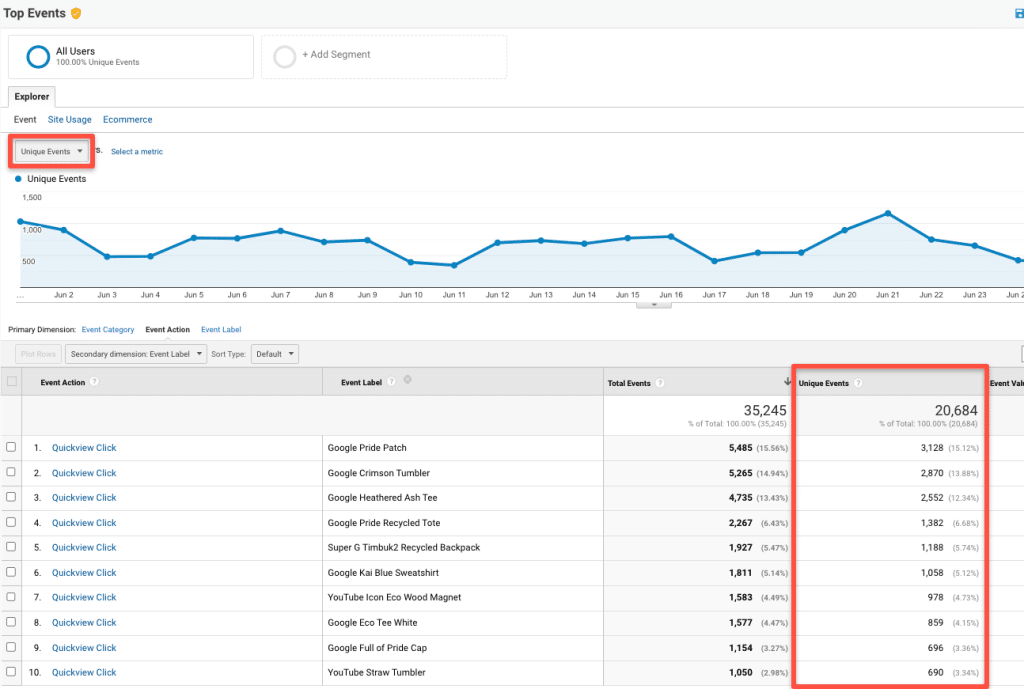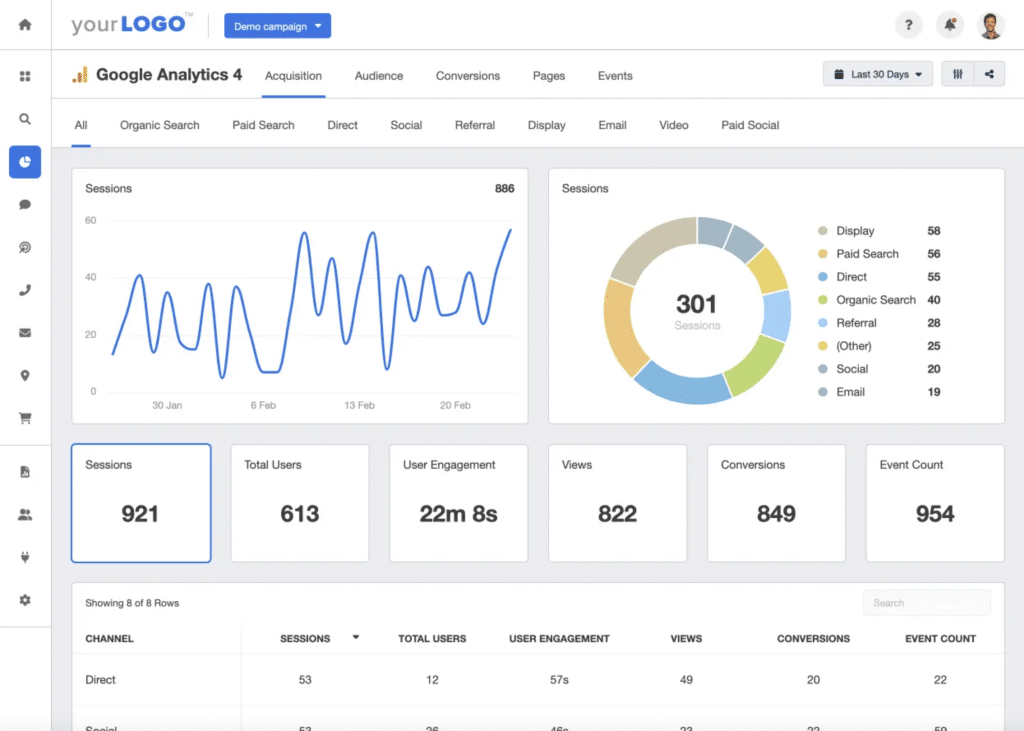
Why GA4 Is So Awful and What to Do About It
“Welcome to the world of GA4, where the future of analytics is as promising as it is perplexing!”
That’s what we thought when we first encountered Google Analytics 4. As the team at Marketing Insider Group, we’re always knee-deep in digital marketing trends, and GA4 has been a hot topic on our radar.
In this article, we’re diving into the nitty-gritty of why GA4, despite its advanced features, can feel like a thorn in the side of marketers.
But don’t worry, we’re not just here to vent. We’re also going to arm you with practical strategies to turn these challenges into opportunities. So, let’s unravel the mystery of GA4 together and discover how to make this tool work for you, not against you.
Quick Takeaways
- GA4 represents a complete overhaul from previous Google Analytics versions, shifting focus to a more nuanced, event-based model of user interactions.
- Transitioning to GA4 presents challenges such as a complex user interface, new data privacy rules, limited historical data import, and a steep learning curve.
- Overcoming GA4’s challenges involves familiarizing oneself with its interface, adapting to new data tracking methods, maximizing the use of available data, and investing in educational resources.
- Integrating GA4 with marketing tools like Zemanta and Semrush enhances overall marketing strategy, streamlines data analysis, and prepares businesses for a multi-platform future.
Understanding GA4: The Basics

Image Source: The RAM Group
Let’s get down to brass tacks with GA4. Imagine stepping into a new car with all the latest gadgets. It’s exciting, but where do you even start? That’s GA4 for you. It’s not just a new version of Google Analytics. It’s a complete overhaul, and it’s reshaping how we approach data analytics.
GA4 ditches the session-based model of its predecessor for an event-based model. This shift means we’re now looking at user interactions as events, like:
- Page views
- Button clicks
- User engagement
It’s like focusing on the story behind each visitor’s journey, not just the chapters they visit.

Image Source: InfoTrust
But here’s the rub: GA4 can feel like trying to read a book in a language you’re only half-fluent in. It’s powerful, sure, but also complex. The interface is less about straightforward numbers and more about user-centric, predictive metrics. It’s a goldmine for data-driven marketers, but only if you know where to dig.
So, as we dive deeper into GA4’s labyrinth, remember: It’s not about wrestling with a beast. It’s about learning to ride a more sophisticated bike. And we’re here to give you those training wheels.
Downfalls of GA4
Now, let’s talk about GA4’s downfalls. It’s like having a Swiss Army knife when all you need is a simple screwdriver. Sure, it’s packed with features, but sometimes, simplicity wins. Here are the key areas where GA4 might make you scratch your head:
1. Complex User Interface
First off, the interface. If you’ve been cozy with the older Google Analytics versions, GA4 might feel like walking into a party where you don’t know anyone.

Image Source: Agency Analytics
The dashboard is more complex, and finding your way around can be a maze. It’s not just about learning new features. It’s about relearning how to find the data you’ve always relied on.
2. Data Tracking and Privacy Issues
Next up, data tracking and privacy. With the world getting more conscious about data privacy, GA4 is stepping up its game. But this means new rules and limitations in tracking. It’s a double-edged sword: better privacy but at the cost of some of the granular data marketers love.
3. Limited Historical Data Import
Then there’s the issue of historical data. Transitioning to GA4 isn’t just a hop, skip, and a jump. It’s more like moving houses without being able to take all your furniture with you.
GA4 doesn’t allow for a complete import of historical data from Universal Analytics, which can be a significant setback for long-term data analysis.
4. Steep Learning Curve
Lastly, the learning curve. GA4 isn’t just an update. It’s a whole new beast. It demands not only understanding new features, but also a shift in how we think about and interpret data. For teams used to the old ways, this can be a daunting challenge.
Overcoming GA4’s Challenges
Alright, we’ve laid out the landmines in the GA4 terrain. Now, let’s gear up and navigate through them.
Overcoming GA4’s challenges is about adapting, learning, and sometimes, a bit of creative problem-solving. Here’s how we can turn these stumbling blocks into stepping stones:
1. Navigating the Interface
First, the interface. Yes, it’s like a maze, but every maze has a map.
Start by familiarizing yourself with the basic layout. Dedicate time to explore the dashboard, click around, see what each tab does. There are plenty of online resources, including Google’s own tutorials, that can be your compass in this new territory.
Video Source: Google Analytics
2. Adapting to New Data Tracking Methods
When it comes to data tracking and privacy, it’s all about balance.
GA4’s new approach respects user privacy while still providing valuable insights. Embrace these changes by understanding the new data models. Learn about the event-based tracking system, and see how it can offer a more nuanced view of user behavior. It’s about getting the full picture, not just a snapshot.
3. Maximizing the Use of Available Data
Dealing with limited historical data can be frustrating, but it’s not a dead end.
Focus on what you can bring into GA4 and start building new data sets. Use this as an opportunity to clean your data slate and focus on metrics that matter most now. Sometimes, less is more, and fresh data can offer new insights that old data masked.
4. Educational Resources and Training
Lastly, the steep learning curve. The best way to flatten it is through education and training.
Invest time in GA4-specific:
- Tutorials
- Courses
- Webinars
- Workshops
Encourage your team to do the same. Knowledge is power, and in this case, it’s the power to harness GA4’s full potential. Remember, the only constant in digital marketing is change, and staying ahead means being a lifelong learner.
Integrating GA4 with Other Marketing Tools
Keeping your data afloat and making your job easier is paramount. This is where integrating Google Analytics 4 (GA4) with other marketing tools comes into play.
At Marketing Insider Group, we understand the power of synergy between different platforms. Tools like Zemanta, Screaming Frog and Semrush are part of our arsenal, and tools like these with GA4 significantly enhance our marketing efforts.
Creating a Cohesive Marketing Ecosystem
Integrating GA4 with other tools is about creating a cohesive ecosystem where each tool complements the others.
GA4, with its advanced analytics capabilities, serves as the backbone of this ecosystem. When combined with the targeted advertising power of Zemanta and the comprehensive SEO insights from SEMrush, you get a well-rounded, data-driven marketing strategy.
Streamlining Data Analysis
One of the biggest challenges in digital marketing is data overload. By integrating GA4 with other tools, you can streamline data analysis.
This integration allows for a more centralized view of your marketing data, making it easier to draw insights and make informed decisions. For instance, combining GA4’s user behavior data with Semrush’s keyword analytics can reveal deeper insights into how your content is performing.

Image Source: SEMrush
Enhancing Targeted Advertising
Zemanta, known for its programmatic advertising solutions, can be a powerful ally when integrated with GA4. By feeding GA4’s rich audience data into Zemanta, you can create more targeted and effective advertising campaigns. This synergy ensures that your ads are reaching the right audience, thereby increasing ROI and reducing ad spend waste.
Optimizing SEO Strategies
SEMrush is a staple in the world of SEO, and its integration with GA4 can take your SEO strategies to the next level.
By analyzing GA4’s traffic data alongside Semrush’s keyword and competitor analysis, you can identify new opportunities for ranking and refine your SEO tactics. This integration helps in understanding the full impact of your SEO efforts on overall traffic and user engagement.
Automating Reporting and Insights
Another significant advantage of integrating GA4 with other marketing tools is the automation of reporting and insights. This integration can save hours of manual data compilation and analysis, allowing you to focus on strategy and execution. Automated reports provide regular, up-to-date insights into campaign performance, audience behavior, and market trends.
Preparing for a Multi-Platform Future
Lastly, integrating GA4 with other marketing tools is about preparing for a multi-platform future. As digital marketing becomes more fragmented across various channels and platforms, having an integrated system ensures that you’re not losing sight of the big picture. It’s about ensuring that all your marketing efforts are aligned and working towards the same goal.
Master GA4 for Future-Proof Marketing Today
GA4 is not just a new analytics platform. It’s a gateway to a more nuanced understanding of digital marketing.
Yes, it comes with its set of challenges – a complex interface, new data tracking methods, limited historical data import, and a steep learning curve. But as we’ve seen, these are not insurmountable.
By embracing GA4’s advanced features, integrating it with complementary tools, and investing in education and training, we can transform these challenges into opportunities. The key lies in not just adapting to GA4, but mastering it to uncover deeper insights, streamline our marketing strategies, and ultimately drive better business outcomes.
Ready to master GA4 for future-proof marketing? Check out our SEO Blog Writing Service or schedule a quick consultation to learn more about how Marketing Insider Group can help you earn more leads for your business.






